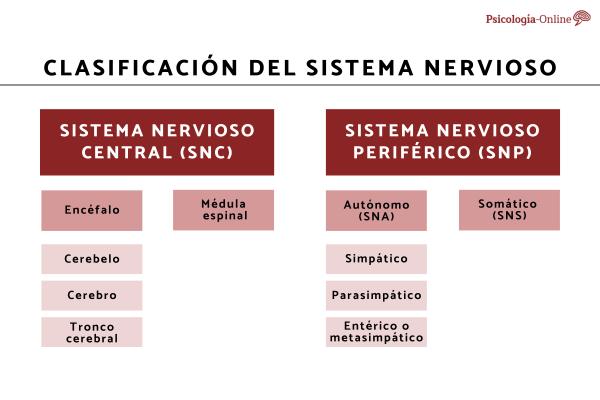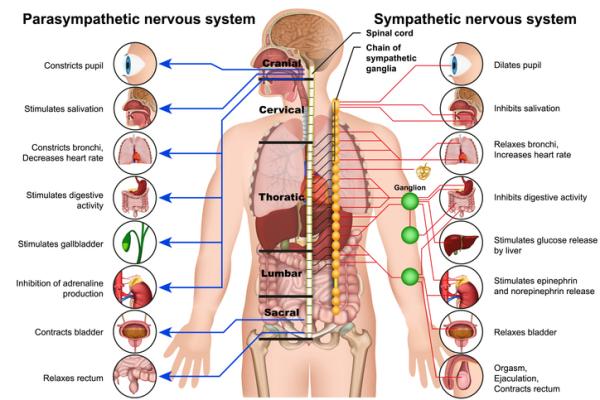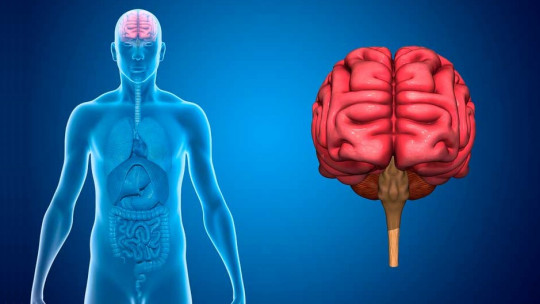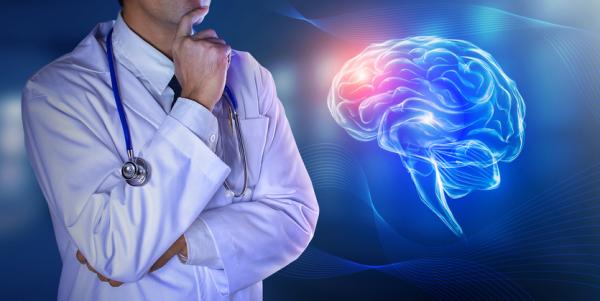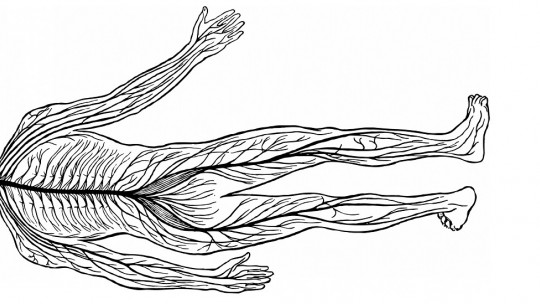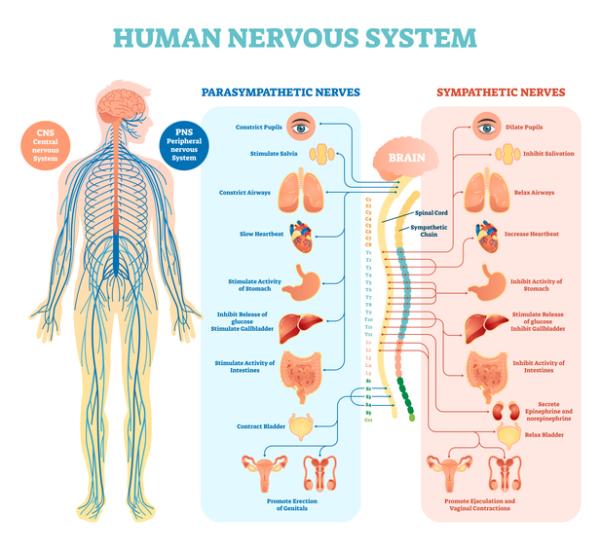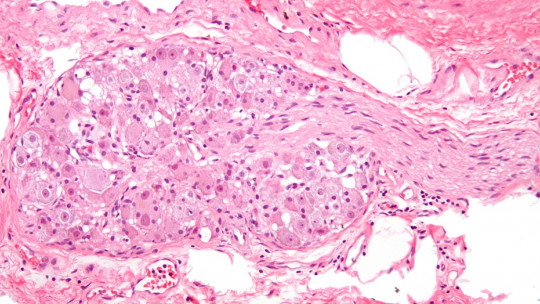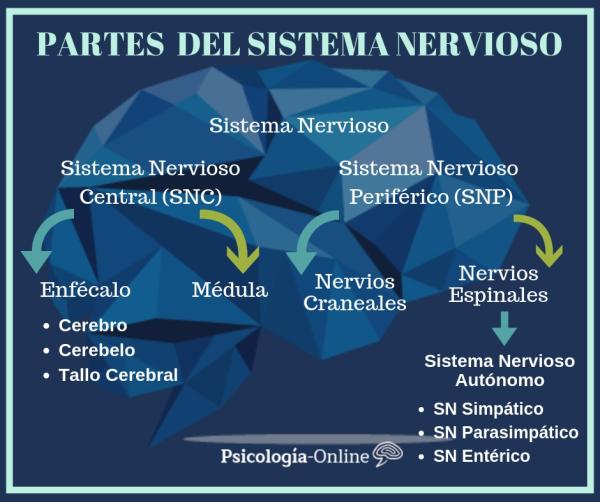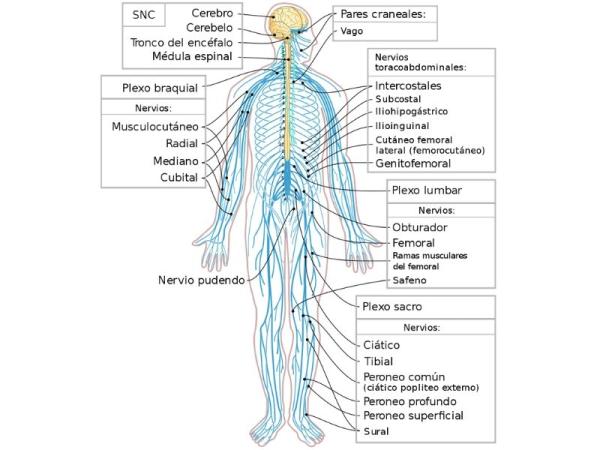The autonomic nervous system, a part of the nervous system, is so called because it functions independently of our will; Autonomous is a process that does not develop under our conscious awareness. The autonomic nervous system governs a wide range of processes in our body that do not need to be consciously managed, such as breathing, heartbeat, and digestive processes. In fact, the autonomic nervous system regulates 90% of the body’s functions. With this PsychologyFor article we will see then What is the autonomic nervous system, its parts, functions and characteristics
What is the autonomic nervous system
The nervous system is divided into:
- Central nervous system (CNS): within which we find the brain and spinal cord.
- Peripheral nervous system (PNS): which is divided into autonomic nervous system (ANS) and somatic nervous system (SNS).
The autonomic nervous system is a part of the nervous system which is distinguished anatomically and functionally. Historically, this distinction dates back to Bichat, who around 1800 distinguished between the animal route and the vegetative route, corresponding to the relationship vie and the nutrition fri. More specifically, the vegetative peripheral nervous system (autonomic, involuntary, visceral) represents the part of the peripheral nervous system that engrafts the glands, the cardiac muscles and the smoothing of organs and blood vessels, thus affecting the functions of the body normally under unconscious control (For example, heart rate and blood circulation, breathing, digestion etc.).
Parts of the autonomic nervous system
The autonomic nervous system can be divided into three parts:
1. The sympathetic nervous system
The sympathetic nervous system originates in the spinal cord, especially in the thoracic and lumbar areas The extensions of the neurons present here go to a series of structures, the ganglia, located near the spinal cord. That is why we speak of pregangliar fibers (those that originate in the spinal cord) and postgangliar fibers (those that originate from the ganglion). The latter are directed towards a muscle or gland Only a few pregangular fibers come into direct contact with ganglia other than these.
2. The parasympathetic nervous system
The neuron bodies of the parasympathetic system are located in the sacral region of the spinal cord and in the elongated medulla of the brainstem, where cranial nerves III, VII, IX, and These and those that come from the spinal cord they go to the ganglia very close to the organ they must control. From there the postganglionic fibers go directly to the target organ
3. The enteric nervous system
The enteric (or metasympathetic) nervous system is formed, instead, by the set of nerve fibers that graft the viscera.
Below you can see a conceptual map of the classification of the nervous system.
Functions of the autonomic nervous system
Always active, the autonomic nervous system allows us to cope with the basic functions of the body, working together with the somatic nervous system. In particular, the autonomic nervous system is the part of the peripheral nervous system that controls involuntary activities The ANS controls the functions of internal organs (such as the heart, stomach and intestines ) and some muscles. It controls, in effect, the functions of the organism at rest and the reflective reactions, and to do so it acts on the smooth muscles (for example, in the skin around hair follicles, around blood vessels, in the eye and in the stomach, intestine and bladder) and in the heart.
In general, the sympathetic and parasympathetic systems exert an opposite effect on their targets; In this way they control functions such as:
- The dilation of the Pupils
- The production of saliva and mucus
- heart rate
- Contraction of the muscles of the bronchi
- Movements of the stomach and intestines
- The accumulation of glycogen in the liver
- The production of urine
- Relaxation of the bladder wall and opening of its sphincter
In this article you can see the differences and functions between the sympathetic and parasympathetic nervous systems.
The autonomic nervous system, maintaining internal homeostasis, exercises integrated control and coordination of the numerous functions that allow the organism to act as a whole. Therefore, control body temperature, which determines the speed of each chemical reaction, regulates blood circulation at an adequate pressure and cardiac output according to the metabolic demands of the body, maintains water balance and controls intestinal movements and glandular secretions. It also regulates the secretion of various hormones They are important for excretion of waste products, reproduction, behavior and other functions.
Characteristics of the autonomic nervous system
To perform all of these functions, the autonomic nervous system must have adequate local connections with most cells and tissues and also with various parts of the central nervous system. The main control centers of the autonomic system are located in the hypothalamus and the brain stem, where the centers for food and fluid intake, for sleep, for fluid regulation, for circulation, temperature and other functions. Other parts of the brain, such as the cerebral cortex, have nervous connections with the hypothalamic centers, so the impulses that come from them can reach the autonomic system and affect its functions.
From an anatomical point of view, the vegetative (autonomic) nervous system It is composed of both efferent (motor) and relative (sensory) nerve fibers; 75% of the fibers of the vagus nerve are relative. In the autonomic nervous system, the effective pathway is always made up of two neurons (unlike that of the voluntary nervous system, which consists of a single motor neuron): a preganglionic neuron with the cell body placed in the central nervous system and a postganglionic neuron. , with the cell body outside it, in a ganglion or in the wall of the innervated organ.
This article is merely informative, at PsychologyFor we do not have the power to make a diagnosis or recommend a treatment. We invite you to go to a psychologist to treat your particular case.
If you want to read more articles similar to Autonomous nervous system: what it is, parts, functions and characteristics we recommend that you enter our Neurosciences category.
Bibliography
- Cangiano, A., Von Eluer, US (1982). Encyclopedia of the 19th century. autonomic nervous system. Rome: Treccani.
- Causarano, V. (2020). Autonomous or vegetative nervous system. Retrieved from: https://www.vitocausarano.it/sistema-nervoso-autonomo-e-vegetativo/
- Chetta, G. (2019). Vegetative nervous system. Recovered from: http://www.giovannichetta.it/sistemanervoso.html#snvegetativo
- Humanitas (2020). autonomic nervous system. Retrieved from: https://www.humanitas.it/enciclopedia/anatomia/sistema-nervoso/sistema-nervoso-periferico/sistema-nervoso-autonomo

